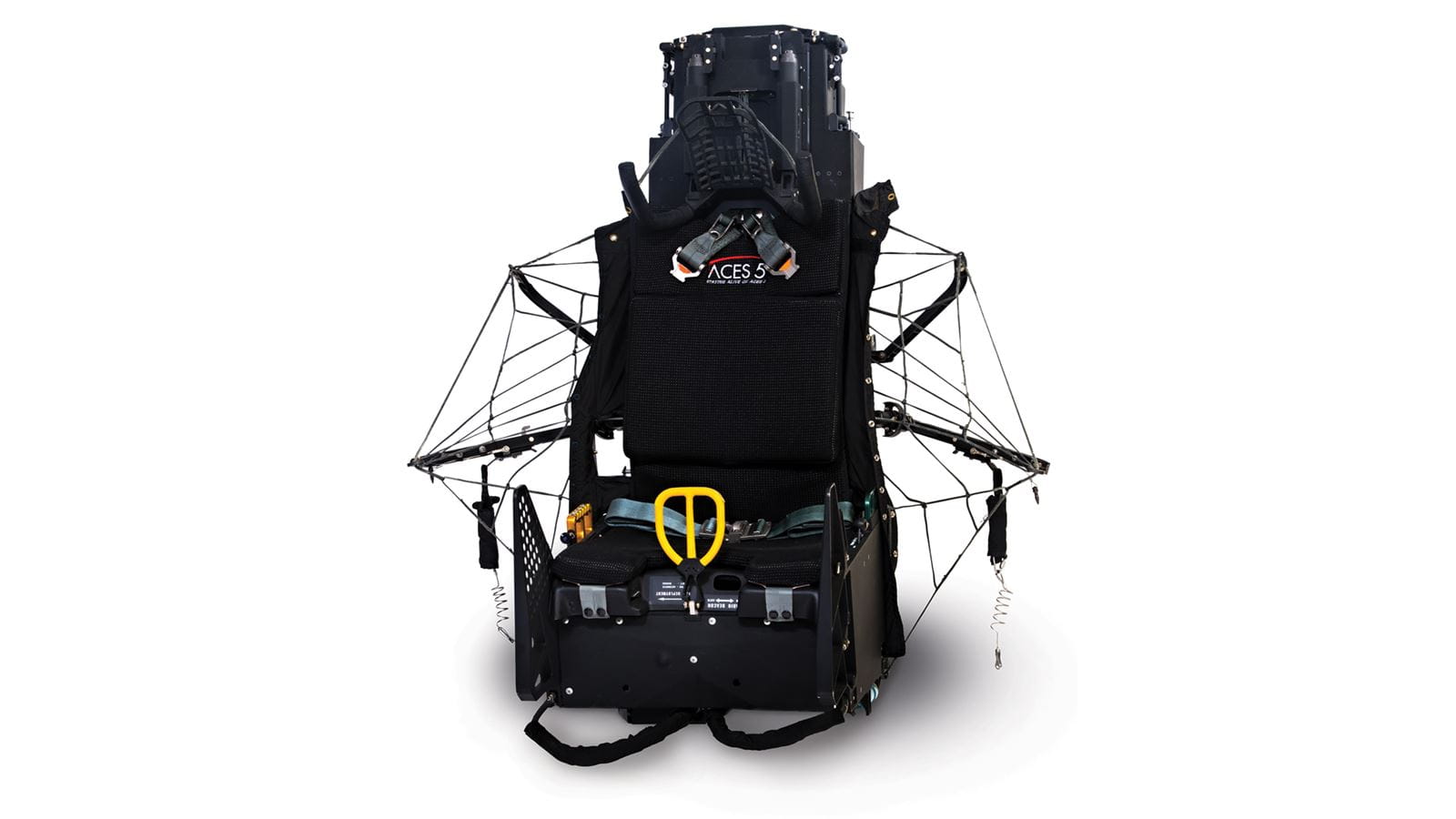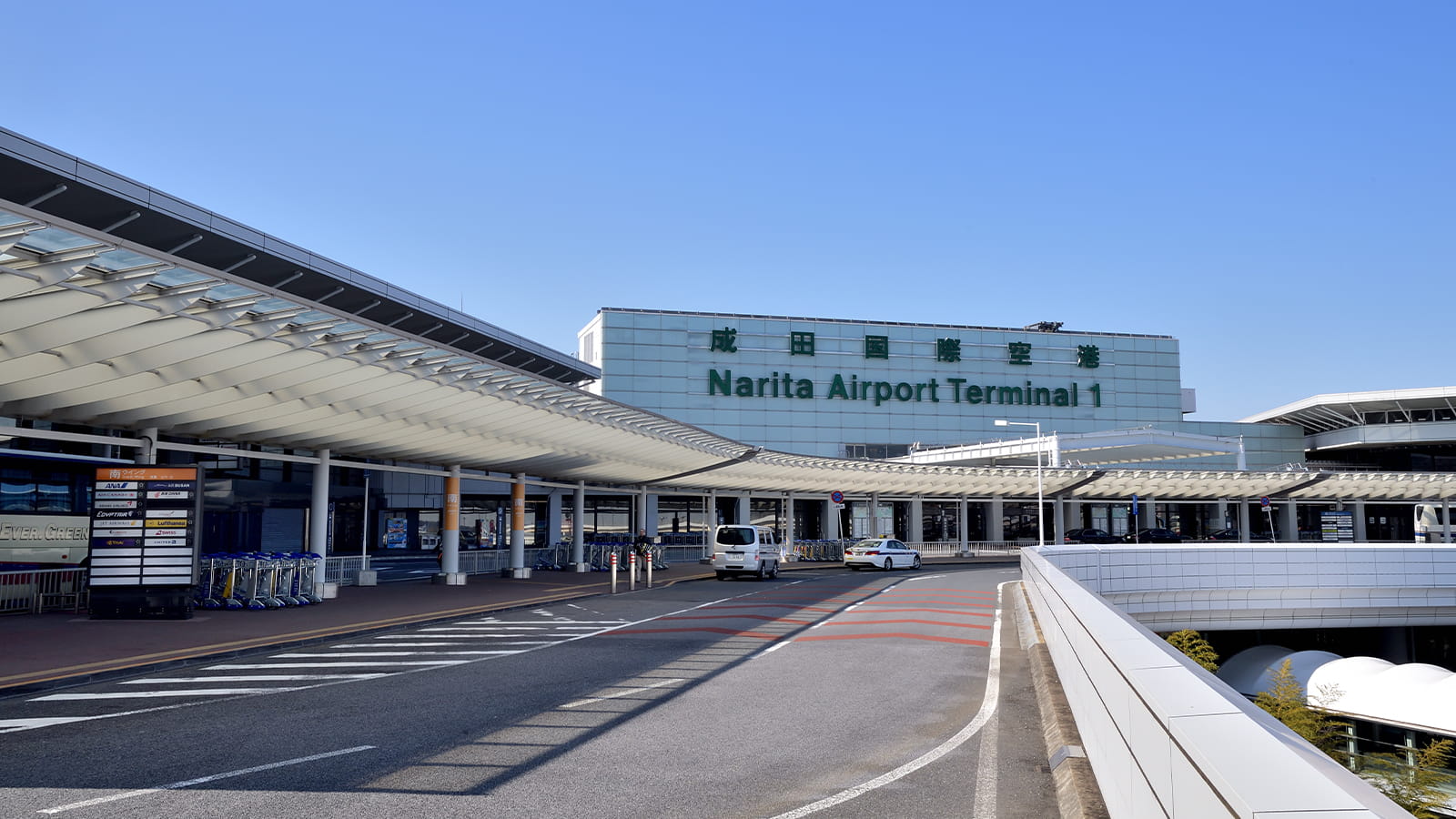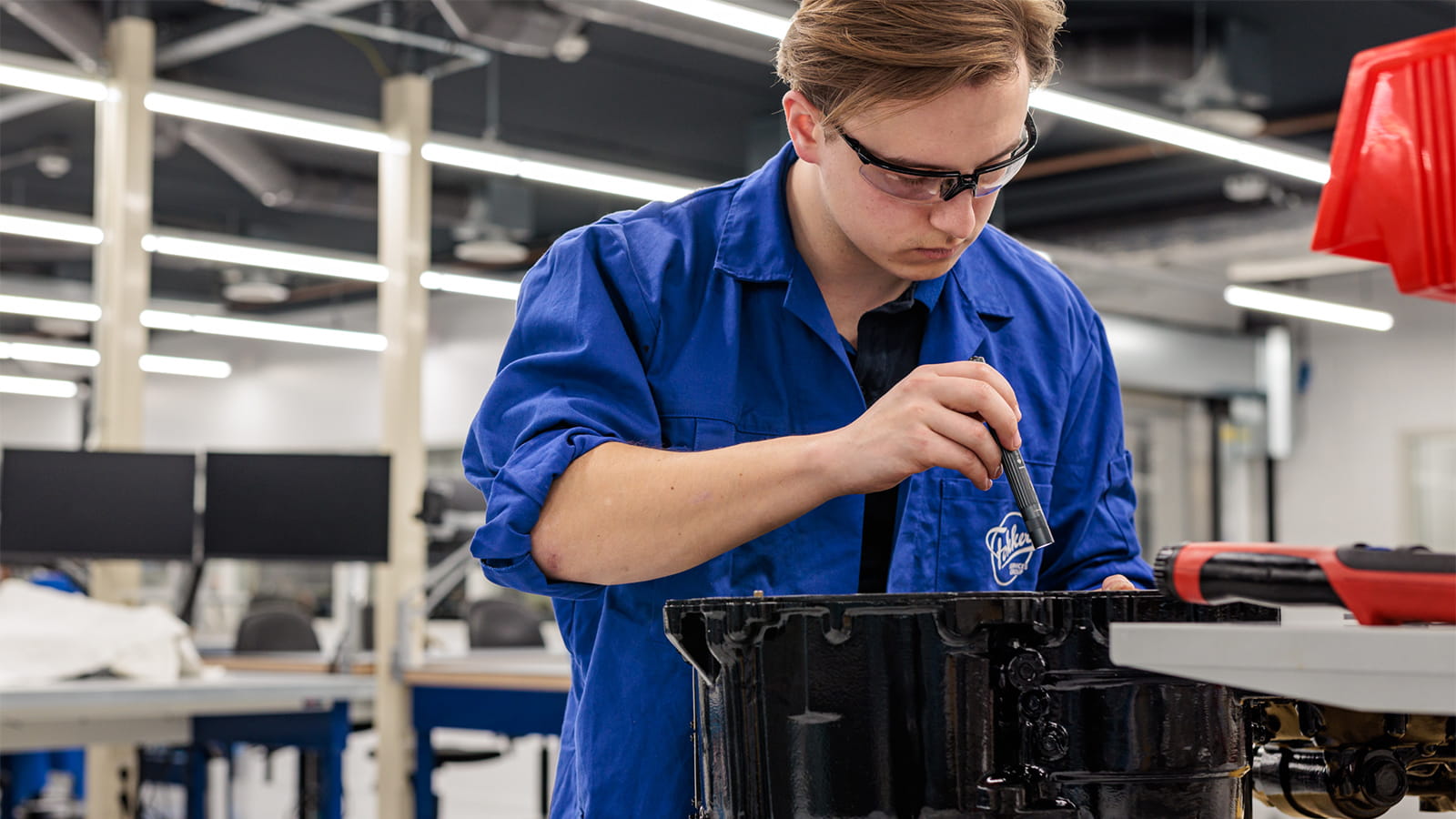ACES ejection seat helps pilot survive the unsurvivable
Chris "Elroy" Stricklin is awake every morning at sunrise. Regardless of the day of the week or location, he throws open the curtains and watches the sun slowly peek over the horizon to reveal a new day.
His morning ritual began more than 16 years ago — on Sept. 15, 2003 — the day after he ejected from his U.S. Air Force Thunderbirds F-16 fighter jet in an ACES II® ejection seat. He propelled out of the aircraft less than a second before it crashed in a massive, trailing explosion. His brush with death happened during his takeoff maneuver — Max Climb with Split S — before 85,000 aviation enthusiasts at an air show in Mountain Home, Idaho. To date, it's the most documented ejection in U.S. Air Force history.
Propelled up and away
A combat-decorated fighter pilot selected for the U.S. Air Force Air Demonstration Squadron — aka the Thunderbirds — Elroy had flown this delicate takeoff roll 258 times before. But on Sept. 14, 2003, he didn't have enough altitude to finish his maneuver.
With his majestic red, white and blue F-16 plummeting toward the ground, Elroy knew there was minimal chance of flying safely out of the situation. He thought about his wife, Terri — his high school sweetheart — and their children, ages 8 and 5.
After running through every possible scenario and twice deciding not to eject, he noticed the canopy coming off his F-16. He saw smoke from the rockets billowing into the cockpit. And then his ACES II ejection seat propelled up and away a split second before his aircraft hit the ground.
Without even realizing it, Elroy had followed his training and pulled the yellow ejection handle.
He landed extremely hard, feet-first in the middle of the fireball. Pieces of the ejection system impacted the ground first, spraying fine dirt and extinguishing the fire in a 10-foot circle around him.
At a trauma center in Boise, Idaho, he learned that his injuries included dislocated vertebrae and ribs, and heavily bruised legs. His bright red Thunderbird show suit exhibited burn marks, yet Elroy had no burns, and no broken bones. Not one.
The next day, Elroy walked out of the hospital. He and Terri agreed to put the accident behind them and he returned to flying — not with the Thunderbirds, but with the 64th Aggressor Squadron. He retired as a colonel in 2017.
ACES II worked like a champ
The Advanced Concept Ejection Seat (ACES II) and the cartridges and propellant that make it function are designed and manufactured by Collins in Colorado Springs, Colorado, and Fairfield California. The entire system performed flawlessly, in parameters well outside the envelope for a survivable ejection.
"I'd been told that the ACES seat wasn't capable of getting me out of an 8,400 feet per minute descent," said Elroy, whose total flight time that day was 25.25 seconds. "But when I pulled the handle at 140 feet and left the aircraft at 40 feet, one-half second before impact, it worked like a champ.”
"I survived the unsurvivable and I owe it all to the people of Collins Aerospace. On behalf of every fighter pilot who defends our freedoms sitting on your seat, thank you for what you do, and thank you for giving us one last option to survive when everything else has failed," said Stricklin.
A next-generation ejection seat
Collins Aerospace has developed a next-generation seat called the ACES 5®. The ACES 5 ejection seat complies with the DoD’s latest MIL-HDBK-516C airworthiness standards, being the first and only seat to complete a U.S. government qualification program based on these latest requirements.
Featuring multi-platform capability for the F-15, F-16, F-22, B-1, B-2 and A-10 aircraft, ACES 5 was selected as the ejection seat for the Boeing T-7A Red hawk trainer aircraft. Additionally, the U.S. Air Force notified Collins Aerospace of its intent to sole-source the Next Generation Ejection Seat (NGES) program with ACES 5.
Building on the decades-long success of the ACES II, the ACES 5 is designed to respond to ejection challenges posed by technology advancements such as helmet-mounted devices (HMDs), as well as USAF’s expanded weight range for male and female aviators. These challenges did not exist when legacy USAF ejection seats were introduced several decades ago – thus requiring a new seat to provide adequate levels of aircrew protection. In addition to these life-saving safety improvements, ACES 5 also provides significant benefits in terms of reduced maintenance costs and increased aircraft availability.



